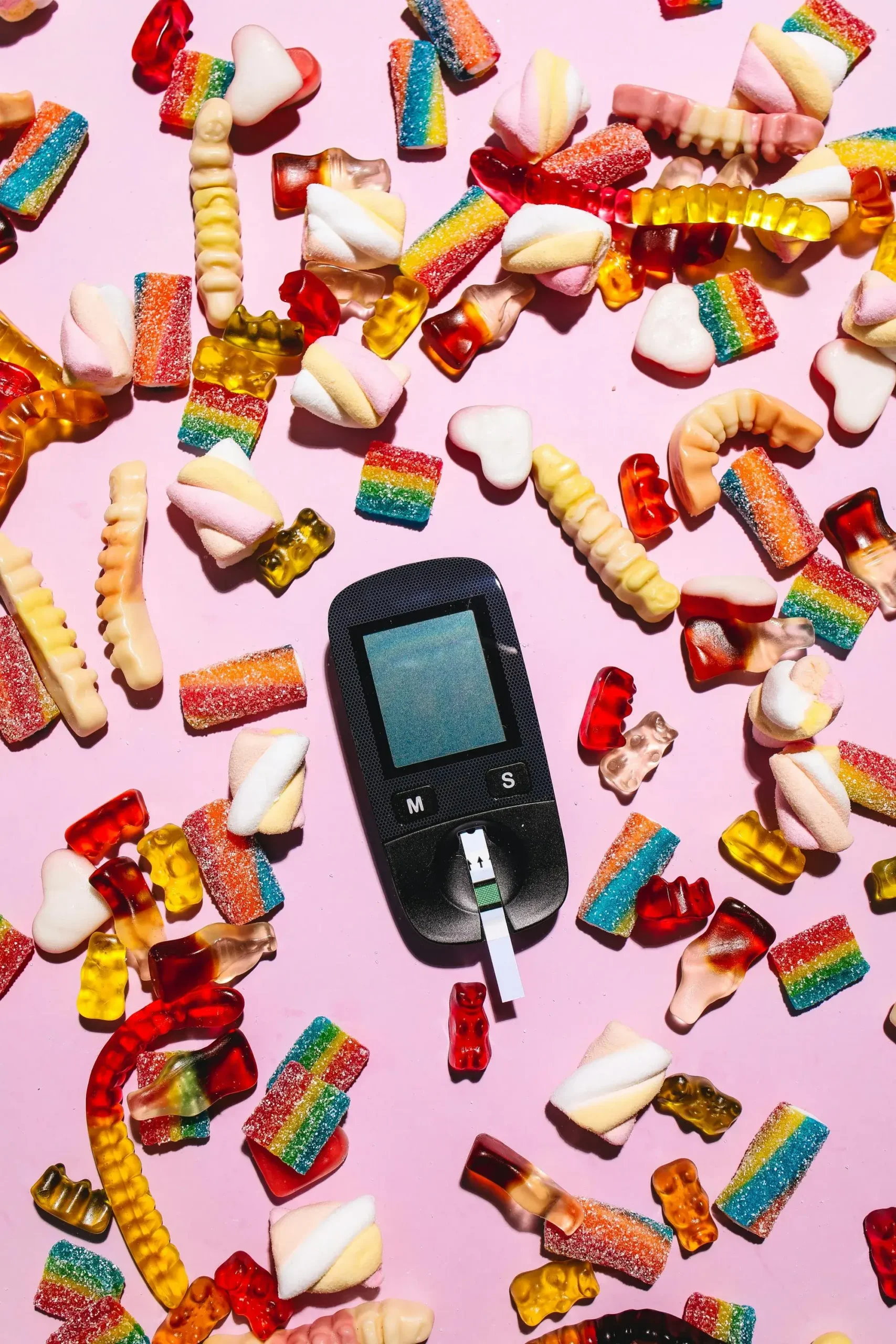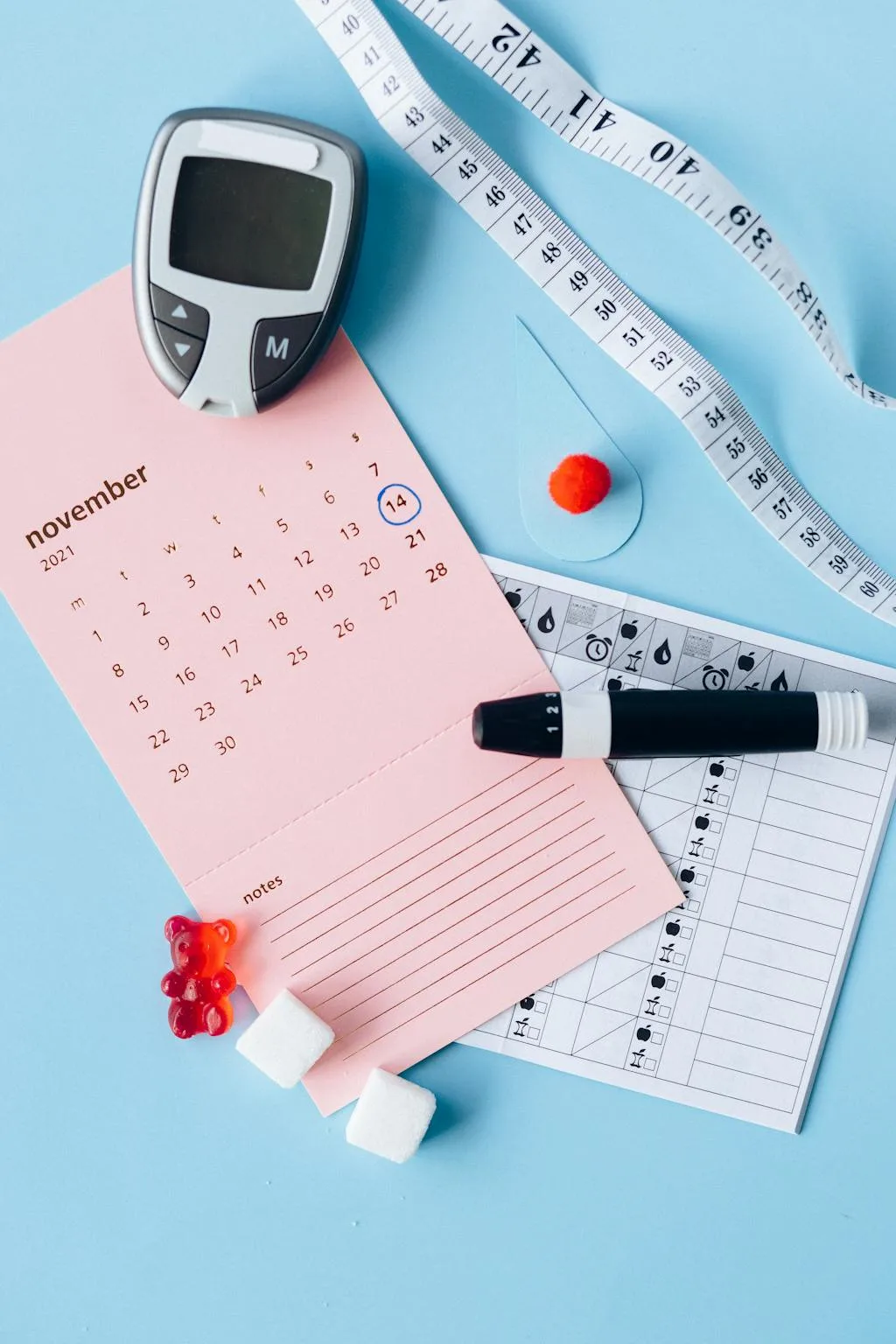Glycemic load (GL) is a measure of how much a food raises your blood sugar levels after eating it.
It is a tool based on the glycemic index (GI). If you have diabetes or want to maintain overall health, glycemic load can be an important tool to help you manage your blood sugar levels effectively.
How is glycemic load of food determined?
Glycemic load accounts for how much carbohydrate is in the food and how much each gram of carbohydrate affects your blood sugar levels.
GL can be calculated by multiplying the glycemic index of a food by the amount of carbohydrate contained in a certain quantity of the food, then diving by 100.
The formula is: GL=GI × amount of carbohydrate (in grams)/100
Glycemic load of common foods
Food can be placed into any of the 3 categories of glycemic loads. These categories are:
- Low GL: 10 or less
- Medium GL: 11-19
- High GL: 20 or more
The charts below show the GL values of common foods. Data is extracted from charts by the American Diabetes Association (ADA).
[charts in downloaded tables. Include common foods (at least 15 each) and classify into the 3 GL classes. Include serving]
Glycemic load VS Glycemic index
GL is a newer and more reliable tool for measuring response of blood sugar levels to foods. Unlike GI, GL accounts for the amount of food you are eating. So, while GL accounts for the quantity and quality of carbohydrates, GI accounts for only the quality.
When living with diabetes, you need to eat a balanced diet, so GL and GI shouldn’t be the only 2 factors you consider when choosing what to eat. Foods not assigned a GI, such as fat and protein, are also important in your diet. Talk to a dietitian to help you design an appropriate meal plan.
A certain food may affect different people’s blood sugar levels in different ways. It is important for you to assess the effect of a food on your blood sugars. A more reliable way to assess the effect of certain foods on your blood sugars is to get their levels 2 hours after a meal or use a continuous glucose monitoring system. You may need to discuss your desired blood sugars with your doctor.
What should I remember?
Glycemic load (GL) is an essential tool for managing blood sugar levels. Unlike the glycemic index (GI), which measures how quickly a food raises blood sugar, GL considers both the quality and quantity of carbohydrates in a portion. This gives a more accurate picture of a food’s impact on blood sugar.
By focusing on low-GL foods, you can better control blood sugar levels and reduce the risk of chronic diseases like diabetes.











